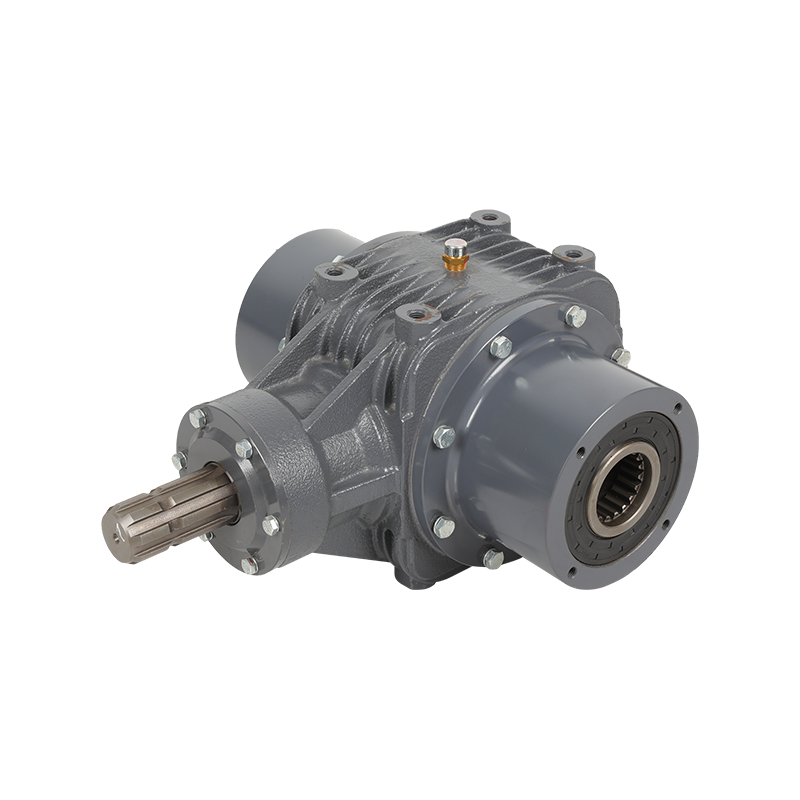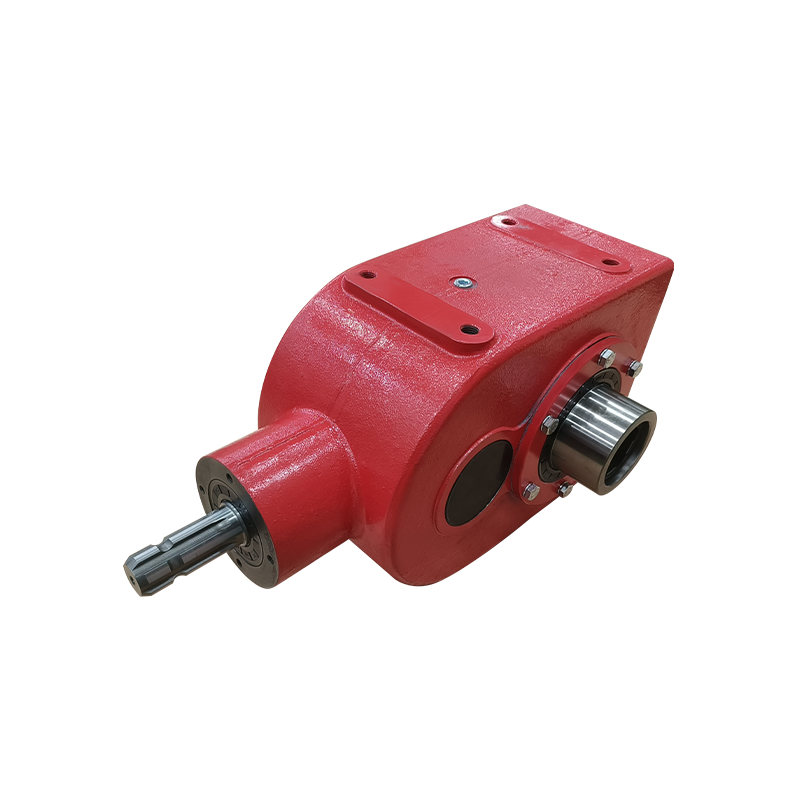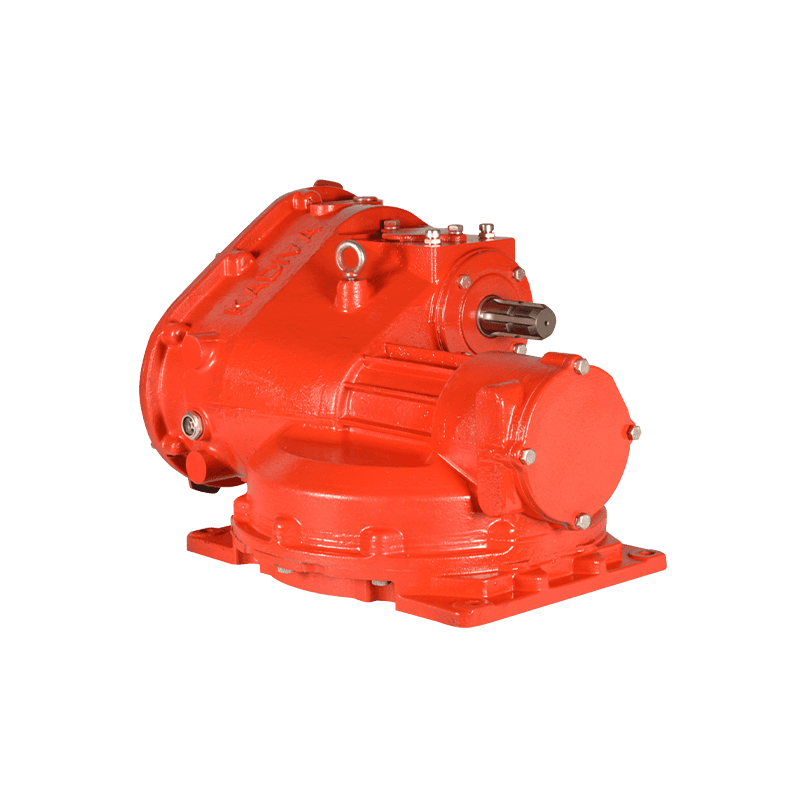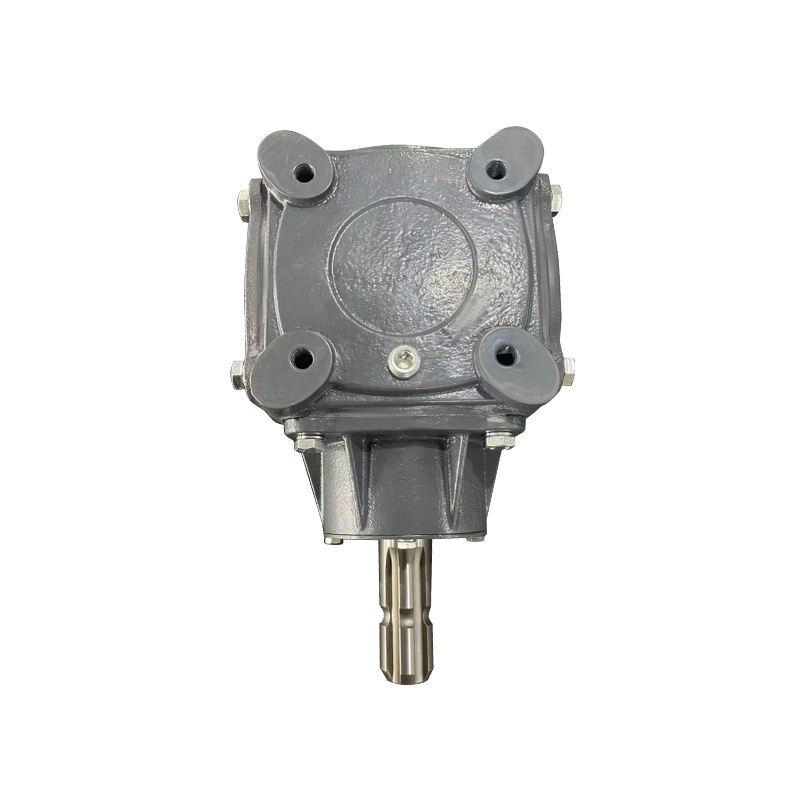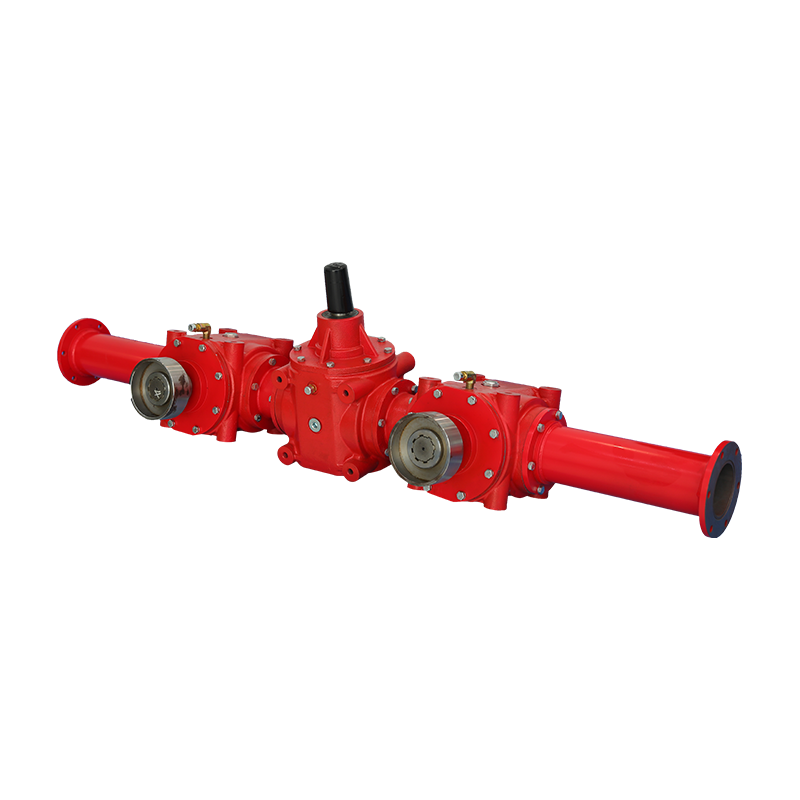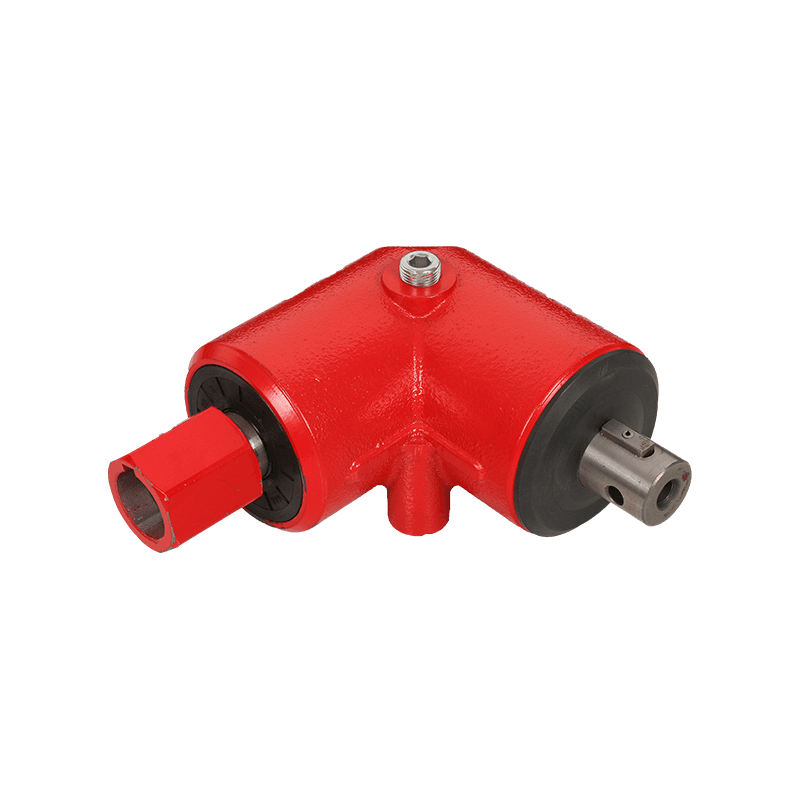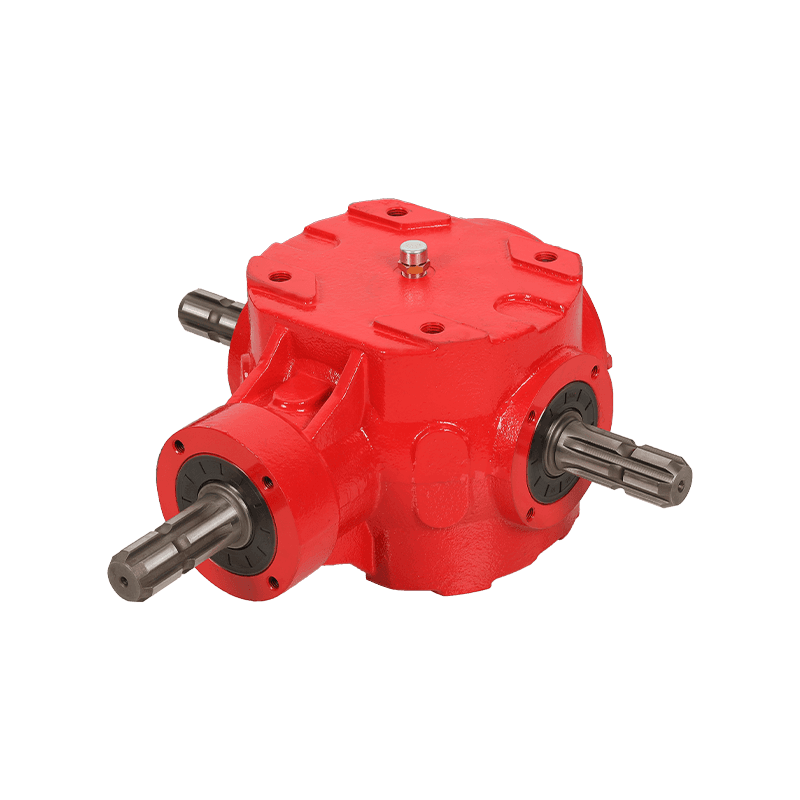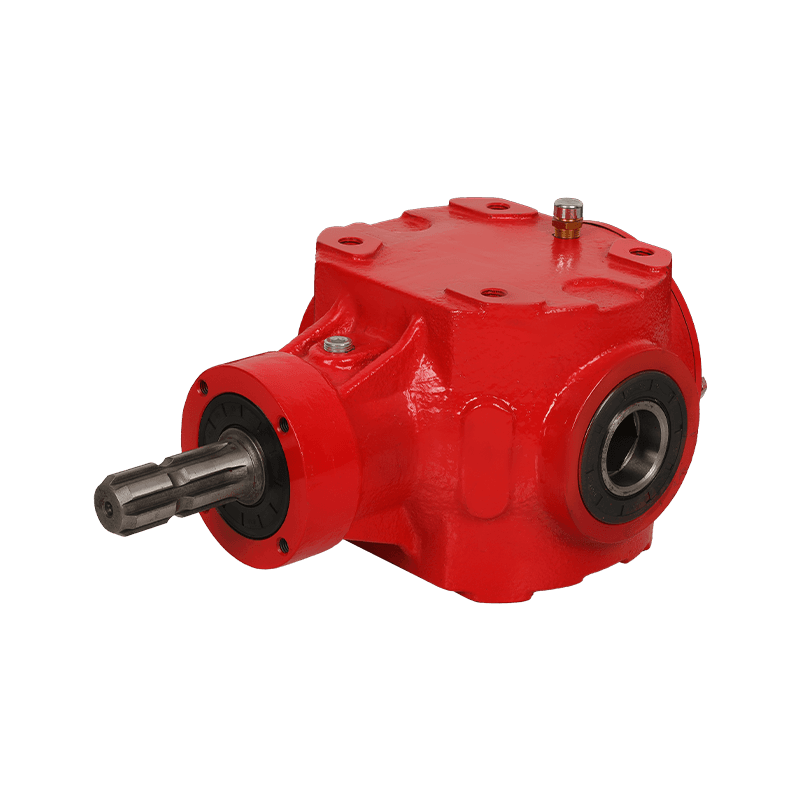The rotary tiller has become an essential tool for farmers, gardeners, and agricultural operators due to its ability to prepare soil efficiently for planting. At the heart of a rotary tiller is the gearbox, a critical component that transfers power from the tractor to the tiller blades. Understanding the capabilities and limitations of a rotary tiller gearbox is crucial, particularly when it comes to heavy loads or rocky soil conditions.
Understanding the Rotary Tiller Gearbox
A rotary tiller gearbox is a mechanical device designed to transmit torque from the tractor’s power take-off (PTO) to the rotating blades of the tiller. The gearbox contains gears, shafts, and bearings that work together to convert the rotational energy from the tractor into the motion needed to cultivate the soil. The design and build of the gearbox influence its durability, efficiency, and suitability for different soil types and conditions.
Gear ratios within the gearbox are critical, as they determine the speed and torque transmitted to the tiller blades. A higher torque output is beneficial for handling heavier loads or more resistant soils, while speed is essential for efficiency in lighter soils. Gearboxes are typically constructed from high-strength materials, such as cast iron or alloy steel, to withstand mechanical stress and reduce wear.
The Role of Torque and Gear Ratios
One of the most important factors in determining whether a rotary tiller gearbox can handle heavy loads or rocky soil is the torque output. Torque is the rotational force that the gearbox delivers to the tiller blades. When working in compacted soil, heavy clay, or soil with embedded rocks, the tiller blades encounter resistance, which requires more torque to maintain rotation and tilling efficiency.
Gear ratios in the gearbox can amplify the torque from the tractor. A lower gear ratio provides higher torque at the expense of speed, which is ideal for heavy loads and difficult soil conditions. Conversely, a higher gear ratio increases speed but reduces torque, which is better suited for lighter, more uniform soils. Choosing a rotary tiller with an appropriate gearbox ratio for the intended soil type can significantly improve performance and reduce the risk of gearbox damage.
Performance in Heavy Loads
Heavy loads in the context of rotary tilling can refer to several factors, including thick vegetation, compacted soil, wet soil, or deep tilling depths. When the tiller encounters these conditions, the gearbox must work harder to maintain blade rotation. Gearboxes designed for high torque applications are usually reinforced with thicker gears and additional bearings to withstand the increased mechanical stress.
It is essential to recognize that even the strongest gearboxes have limitations. Continuous operation under excessive loads can lead to overheating, gear wear, or bearing failure. Therefore, operators should match the rotary tiller to the tractor’s power rating and avoid pushing the gearbox beyond its rated capacity. Slow and steady operation in heavy load conditions is preferable to forceful, rapid tilling, which can cause premature failure.
Challenges of Rocky Soil
Rocky soil presents one of the most significant challenges for a rotary tiller gearbox. Rocks can abruptly resist the rotation of the blades, causing sudden spikes in torque demand. These spikes can lead to gear slippage, broken teeth, or shaft misalignment if the gearbox is not adequately designed for such conditions.
To mitigate these risks, many rotary tillers include a slip clutch or torque limiter between the PTO and the gearbox. This mechanism allows temporary disengagement of the gearbox in the event of a sudden obstruction, protecting the gears from excessive stress. Operators should also consider reducing the tilling depth and speed in rocky areas to minimize the strain on the gearbox.

Material and Design Considerations
The materials used in the construction of the gearbox directly influence its ability to handle heavy loads and rocky soils. High-quality gearboxes are often made from hardened steel or alloy steel gears, supported by durable bearings. The gearbox casing is typically made of cast iron or reinforced steel to resist deformation under stress.
Design features such as large diameter gears, reinforced shafts, and efficient lubrication channels contribute to the longevity and reliability of the gearbox. A well-designed gearbox not only transfers torque effectively but also dissipates heat generated during heavy operation, reducing the risk of overheating and mechanical failure.
Lubrication and Maintenance
Proper lubrication is crucial for the gearbox to handle heavy loads and challenging soil conditions. Gearbox oil reduces friction between gears and bearings, prevents overheating, and minimizes wear. Operators should follow the manufacturer’s recommendations for oil type, viscosity, and replacement intervals. Regular inspection of oil levels and the condition of the oil is necessary to prevent damage.
Maintenance extends beyond lubrication. Checking for loose bolts, worn gears, and bearing play is essential to prevent unexpected failures. In rocky soil, it is advisable to inspect the gearbox more frequently for signs of stress or damage, as repeated shocks from rocks can accelerate wear.
Operational Techniques to Protect the Gearbox
Even a high-quality gearbox can fail if used improperly. Operators should employ specific techniques to maximize performance and lifespan:
- Avoid sudden acceleration or abrupt changes in tilling depth. Smooth and gradual operation reduces mechanical stress.
- Monitor the soil for hidden obstacles and adjust the tiller depth accordingly.
- Reduce the tractor’s PTO speed when encountering particularly heavy or rocky soil.
- Allow the gearbox to cool during prolonged operation to prevent overheating.
- Use gearboxes with built-in torque limiters for protection against sudden shocks.
By combining proper gearbox selection with careful operational techniques, users can achieve optimal performance even in demanding conditions.
Signs the Gearbox is Under Stress
Recognizing early signs of stress can prevent costly repairs. Common indicators include:
- Unusual noises, such as grinding, whining, or knocking.
- Excessive vibration during operation.
- Overheating or oil discoloration.
- Difficulty in engaging the PTO or uneven blade rotation.
Addressing these signs promptly through inspection, lubrication, or repair can extend the gearbox’s lifespan and maintain performance in challenging conditions.
Choosing the Right Gearbox
Selecting a rotary tiller gearbox suited for heavy loads or rocky soil involves assessing several factors:
- Torque rating: Ensure the gearbox can handle the maximum torque demand of your application.
- Gear quality and material: Hardened steel gears and reinforced shafts improve durability.
- Size and weight: A robust gearbox may be heavier but can withstand more stress.
- Protection mechanisms: Slip clutches or torque limiters are beneficial in rocky conditions.
- Compatibility with tractor PTO: The gearbox must match the tractor’s power output and PTO specifications.
Consulting technical specifications and reviews can help operators make informed choices, ensuring reliability and longevity.
Conclusion
A rotary tiller gearbox is designed to transfer power efficiently from the tractor to the tiller blades, and its ability to handle heavy loads or rocky soil depends on multiple factors including torque output, gear ratios, material quality, and design features. While gearboxes are generally robust, excessive loads and rocky soil conditions can cause stress, wear, and potential failure if the equipment is not matched to the conditions or used improperly.
Proper maintenance, careful operational techniques, and selecting the right gearbox for the specific soil and load conditions are essential for ensuring performance and longevity. By understanding the mechanics, limitations, and best practices for use, operators can maximize the effectiveness of their rotary tiller and reduce the risk of gearbox damage, ensuring productive and efficient soil cultivation even in challenging environments.



 English
English 中文简体
中文简体 عربى
عربى русский
русский Español
Español




